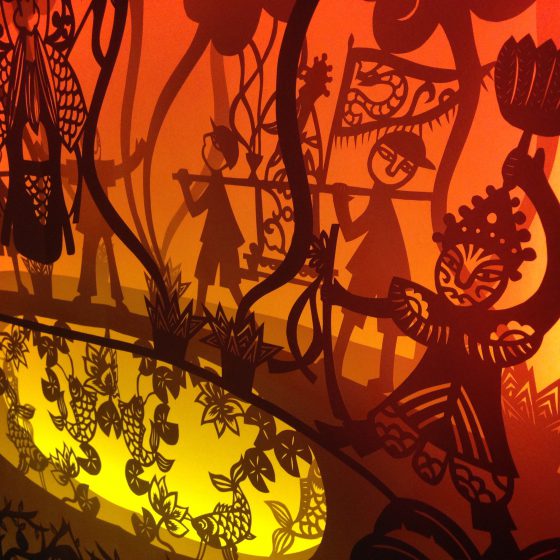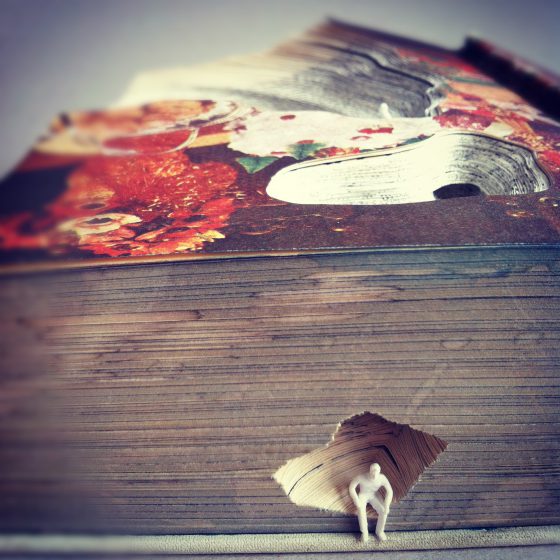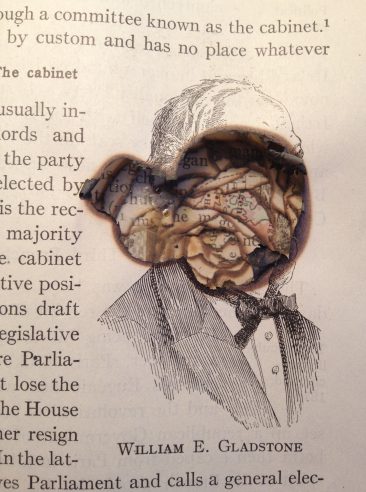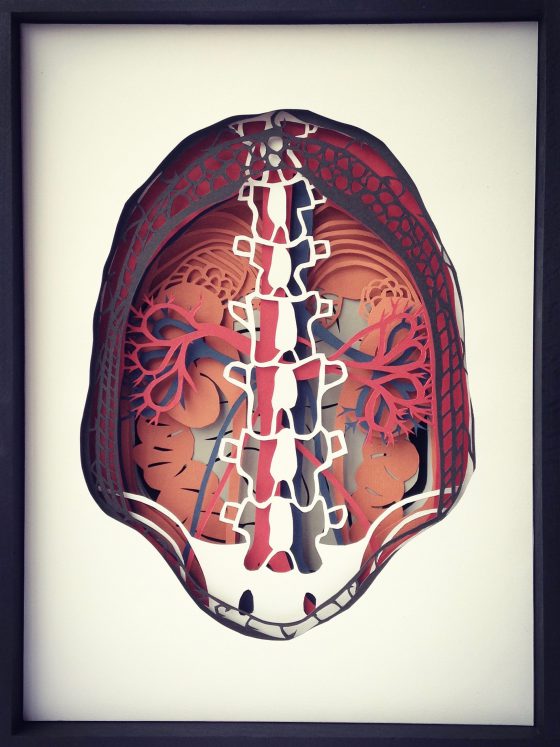LTP: Hi Taylan thanks for coming to chat with me. Shall we just dive in?
TM: Sounds great.
LTP: So first question: What was the journey that you took to work in the industry? Was it always planned or did it just fall into your lap?
TM: Interesting question! I wasn’t thinking about studying film actually, I was thinking about studying something else. However, I ended up I a film school and didn’t really know what I wanted to do. But then I made a music video for a friend of mine and I really liked the idea of creating something from scratch, showing it to people and getting their feedback on it which I felt was a very rewarding process. Like a carpenter turns a piece of wood into a table and then they see someone using it and enjoying it.
LTP: You’ve worked on some interesting projects like promos for Red Bull or Water Aid. Which is your favourite and why?
TM: Does is need to be professional?
DH: Oh no not at all!
TM: I think I really like my snail film that is on my private videos on Vimeo. I was walking to a friend’s house and was listening to a Neil Young song and I thought wow this snail moves in a really interesting. Way so using the music I filmed it and made a little music video.
LTP: Recently you’ve been in Barcelona at a finance market for a music documentary. Can you tell me anything about that?
TM: It’s a music documentary about three women in their early twenties who are living in Rio De Janeiro, and I spent 3 weeks with them in 2015 while they were shooting around England and a couple of countries in Europe. So, I went to the Glastonbury festival and was able to see them in their day to day life, and this is a documentary about that. In those three weeks I discovered way much more than music, which I won’t announce yet, but I will say that it’s lots about their challenges in a male dominated music industry as well as being people of colour. It’s all about the struggles they face and how they want to change these things with their music because they have quite political lyrics, as well as being populists, and so we want to go to brazil and see their lives there, and as a group
LTP: So you’re doing a documentary feature and would you say that that is your preferred medium for features?
TM: This is the second documentary feature film that I am working on. I got commissioned on my previous film and this project is one that I discovered. I am working with two other people on my team: a creative producer and a writer who is Portuguese.
LTP: On your roster, you’ve got a music video, Elevated. Would you say that may have influenced the decision to work on a music documentary?
TM: Yeah I like to work with music and dance as I believe they have a positive influence on human beings. When you look at different cultures, at the people dancing and singing, their happiness shows and we need to go back to that human self. Through music videos and features I’d like to shine a light on that and discover issues around it.
LTP: What would you say are some of the tough realities about being a director?
TM: I think that a tough reality is that it’s not a job, but more of a lifestyle. You really need to see life in a certain angle, but at the same time the work that you put into a project you might not see back any progress on in the short run, so you must be constantly able to create a mantle of strength around it and have faith in the idea. You work on things and sometimes it pans out that you don’t get to do it, but you still learn from the experience.
LTP: How would you describe your style as a director?
TM: I would say I’m more of a naturalistic person – catching the reality is my thing.
LTP: What do you love most about directing?
TM: Getting to know people and understanding being human.
LTP: What are some of the biggest challenges you’ve had a director?
TM: It’s a constant challenge and you have to see the good side of everything because when you put effort into something and it doesn’t come back to you in the short run you have to be patient and this is a great challenge. Being patient is what I learned from directing.
LTP: What would you say to someone wanting to embark on the directing path who is just starting out?
TM: Again I would say perseverance and don’t give up in the first stages when it doesn’t work out for you. You have to really believe in what you do – believing in yourself is a key thing, and if you can take it from there and keep that energy going then hopefully you will get where you want to go.
LTP: What do you like to do when not working on a film or project?
TM: Gardening and I like to host dinner parties with friends. I won’t say the cliché of going to exhibitions as everyone says that.
LTP: What do you look for when looking for a project?
TM: Inspiration and interest I’d say, but ultimately I need to break it down and find an idea that excites myself, and if that idea can inspire other people that’s a great thing.
LTP: And finally, what is on the horizon for you work wise? What are you most excited about?
TM: A long term project which is probably going to take about another year and half and we are planning to go to Brazil in september, but it’s not confirmed yet so we’ll see how it goes!
LTP: That's great thanks for chatting to me Taylan!















































